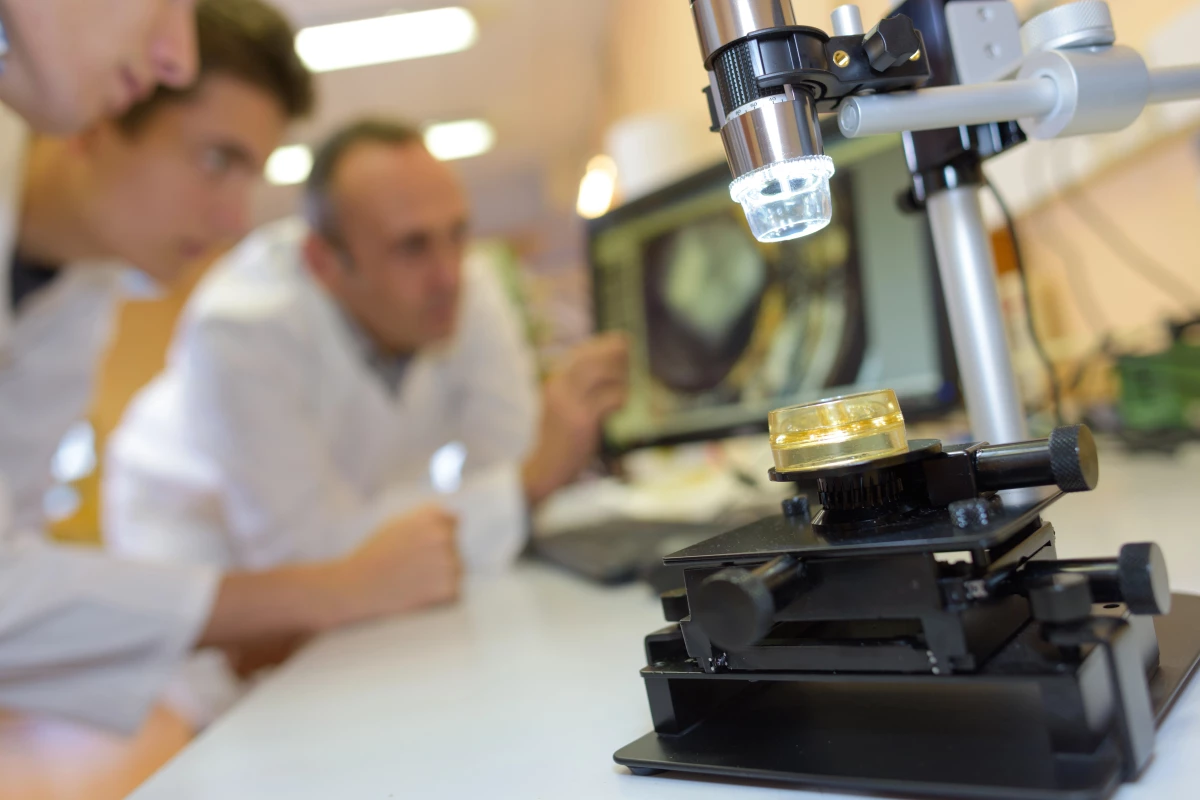Health
Bioengineers Develop First Fully Synthetic Human Brain Model

Researchers at the University of California, Riverside, have achieved a groundbreaking milestone by developing the first fully synthetic model of human brain tissue. This innovation, named the Bijel-Integrated PORous Engineered System (BIPORES), marks a significant advancement in neural tissue engineering, aiming to replicate the brain’s complex environment without using animal-derived materials.
Neural tissue engineering seeks to mimic the brain’s intricate extracellular matrix, which is essential for supporting nerve cell growth, development, and connectivity. Traditional methods often struggle to replicate the subtle design features that guide cell behavior, making this new synthetic platform a potential game changer.
Innovative Approach to Tissue Engineering
The BIPORES system primarily consists of polyethylene glycol (PEG), a chemically neutral polymer. Typically, PEG acts like Teflon to cells, causing them to slide off its surface. To overcome this limitation, researchers have previously utilized proteins such as laminin or fibrin to enhance cell adhesion. However, the new approach eliminates the need for these animal-derived components entirely.
Utilizing a technique called STrIPS, scientists have been able to produce tiny particles, fibers, and films with sponge-like internal structures. Up until now, these materials could only achieve a thickness of around 200 micrometers, restricted by molecular movement during formation. The BIPORES system combines large-scale fibrous shapes with intricate pore patterns inspired by bicontinuous interfacially jammed emulsion gels, known as bijels. This innovative design allows for a porous network that facilitates nutrient and waste transport, fostering deep cell growth.
When tested with neural stem cells, the BIPORES material demonstrated its effectiveness by promoting strong cell attachment, growth, and the formation of active nerve connections. According to Prince David Okoro, the study’s lead author, “Since the engineered scaffold is stable, it permits longer-term studies. That’s especially important as mature brain cells are more reflective of real tissue function when investigating relevant diseases or traumas.”
Future Applications and Aspirations
The scaffold currently measures just two millimeters in diameter, but the research team is focused on scaling it up for broader applications. They have submitted a paper exploring the potential to apply the same methodology to liver tissue, with the overarching goal of creating a network of lab-grown mini-organs that can communicate with one another.
Iman Noshadi, an associate professor of bioengineering at UCR, emphasized the importance of this interconnected system: “An interconnected system would let us see how different tissues respond to the same treatment and how a problem in one organ may influence another. It is a step toward understanding human biology and disease in a more integrated way.”
From a biomimicry perspective, the layered fabrication technique used in BIPORES significantly enhances the ability to mimic real brain tissue behavior. This advancement not only holds promise for studying diseases and testing new drugs but also for developing future treatments aimed at repairing or replacing damaged neural tissue.
The findings of this pivotal study have been published in the journal Advanced Functional Materials, highlighting the potential of synthetic models to transform the landscape of biomedical research and reduce reliance on animal testing in drug development.
-

 Lifestyle4 months ago
Lifestyle4 months agoLibraries Challenge Rising E-Book Costs Amid Growing Demand
-

 Sports4 months ago
Sports4 months agoTyreek Hill Responds to Tua Tagovailoa’s Comments on Team Dynamics
-

 Sports4 months ago
Sports4 months agoLiverpool Secures Agreement to Sign Young Striker Will Wright
-

 Lifestyle4 months ago
Lifestyle4 months agoSave Your Split Tomatoes: Expert Tips for Gardeners
-

 Lifestyle4 months ago
Lifestyle4 months agoPrincess Beatrice’s Daughter Athena Joins Siblings at London Parade
-

 Science3 months ago
Science3 months agoSan Francisco Hosts Unique Contest to Identify “Performative Males”
-

 World4 months ago
World4 months agoWinter Storms Lash New South Wales with Snow, Flood Risks
-

 Science4 months ago
Science4 months agoTrump Administration Moves to Repeal Key Climate Regulation
-

 Business4 months ago
Business4 months agoSoFi Technologies Shares Slip 2% Following Insider Stock Sale
-

 Science4 months ago
Science4 months agoNew Tool Reveals Link Between Horse Coat Condition and Parasites
-

 Sports4 months ago
Sports4 months agoElon Musk Sculpture Travels From Utah to Yosemite National Park
-

 Science4 months ago
Science4 months agoNew Study Confirms Humans Transported Stonehenge Bluestones









